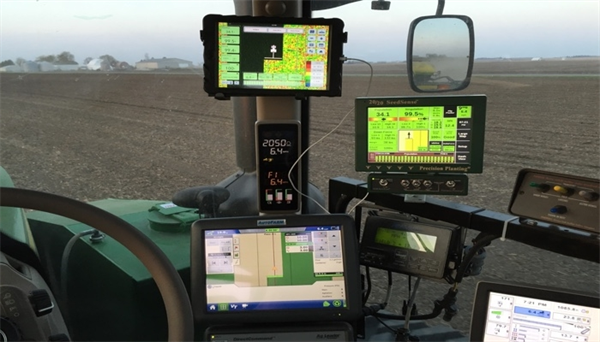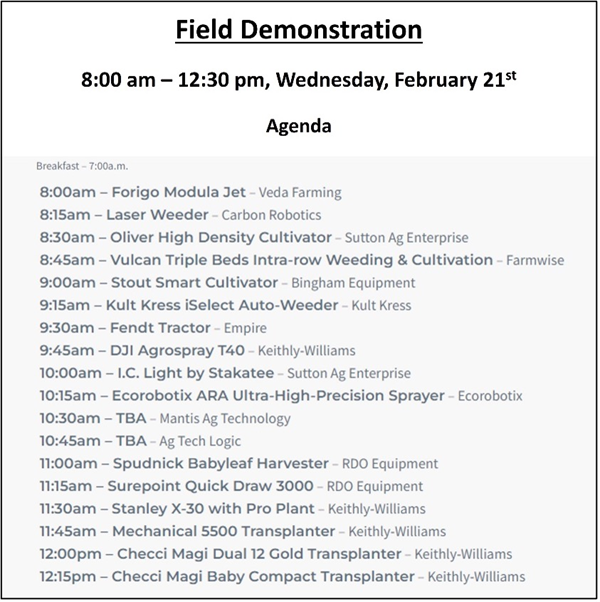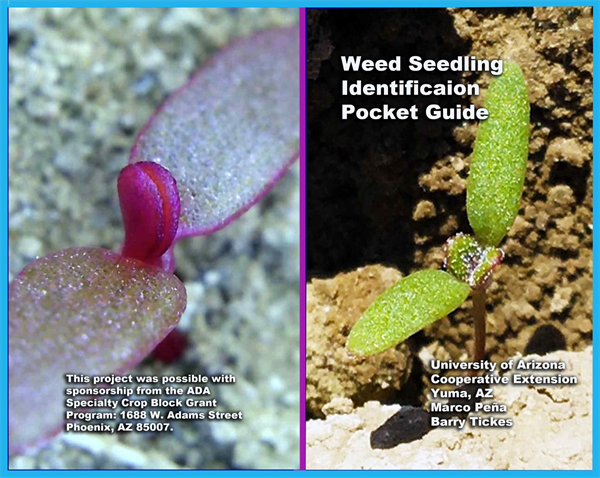-
Oct 14, 2015Corn Earworm in Fall Head lettuce 2015With head lettuce harvest a few weeks away, it would be wise to keep a look out for corn earworm (CEW). These sneaky worms have caused problems for PCAs and growers on the early fall head lettuce crops in the past few years. Last spring, high CEW abundance was been reported by PCAs on late head lettuce crops, particularly in the Dome/Wellton areas. Although CEW pheromone trap catches this fall have been much lighter than last fall or spring, one never knows what to expect in the field. Nonetheless, CEW can be very damaging in early fall head lettuce crops where once head formation begins larvae will usually bore into the head almost immediately upon hatching. Corn earworm is much more likely to bore into lettuce heads than other Lepidoptera larvae, rendering the heads unmarketable. Larvae may enter the head from any point on the plants, but can often be found burrowing in from the top half of the head. If fields are not watched closely, infestations may not be noticed until the head is harvested. Once inside the head, it is virtually impossible to control the larvae with insecticides. Thus, pay careful attention for newly oviposited eggs (laid singly) on lettuce plants. If you are beginning to find eggs and suspect that CEW are active in the field when plants are beginning to head or cup over, it would be a good idea to treat. The UA nominal threshold for CEW in head lettuce from early heading to harvest is 1-2 larvae / 100 plants. Repeated insecticide treatments may be required to maintain low population levels if heavy pressure is sustained near harvest. Most contact insecticides recommended for Lep larvae are active against CEW. In a lab bioassay conducted this past spring, CEW larval mortality was most rapid when exposed to Lannate, 0.5 lb (>90% mortality in 1 hr after exposure) and pyrethroids, high rates (>90% mortality in 3 hrs), followed by Radiant, 5 oz and Coragen, 5 oz (>90% mortality in 6 hrs). By 24 hrs, mortality was 100% for all the treatments. For more information on CEW management and control recommendations see Insect Management on Desert Produce: Corn earworm / Tobacco budworm and the 2015 Lep Control Chart.
 To contact John Palumbo go to: jpalumbo@ag.Arizona.edu
To contact John Palumbo go to: jpalumbo@ag.Arizona.edu













